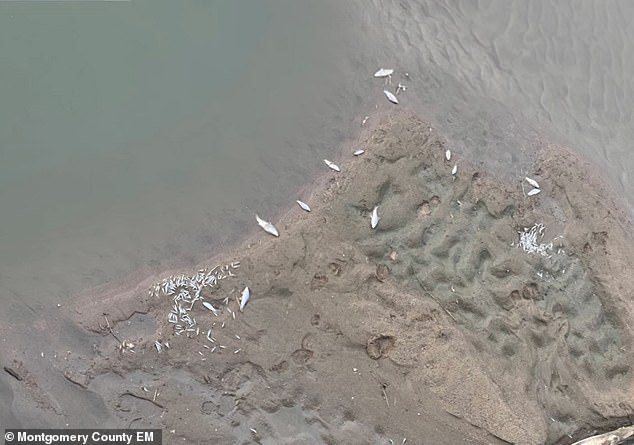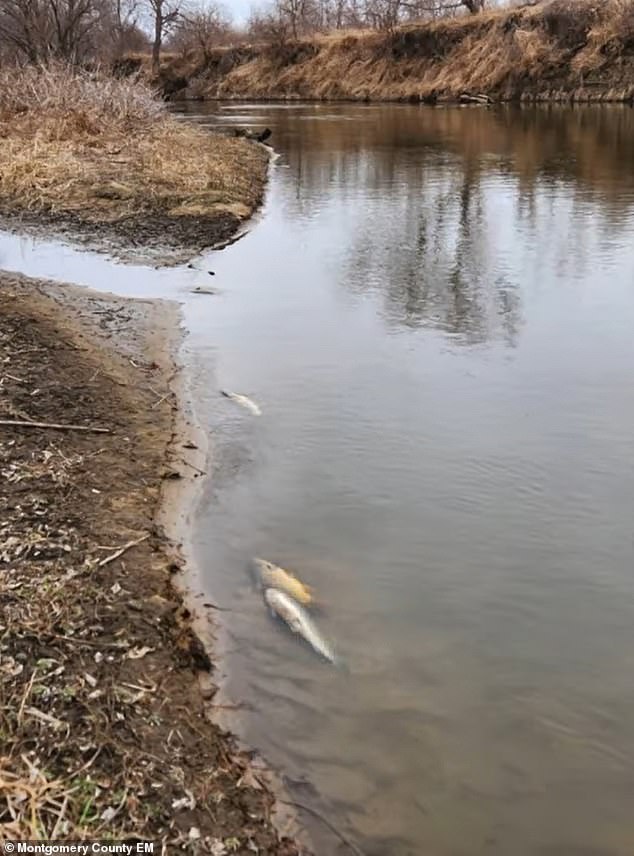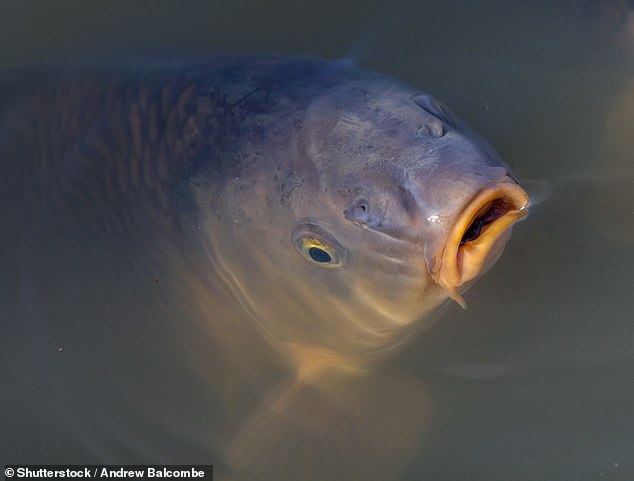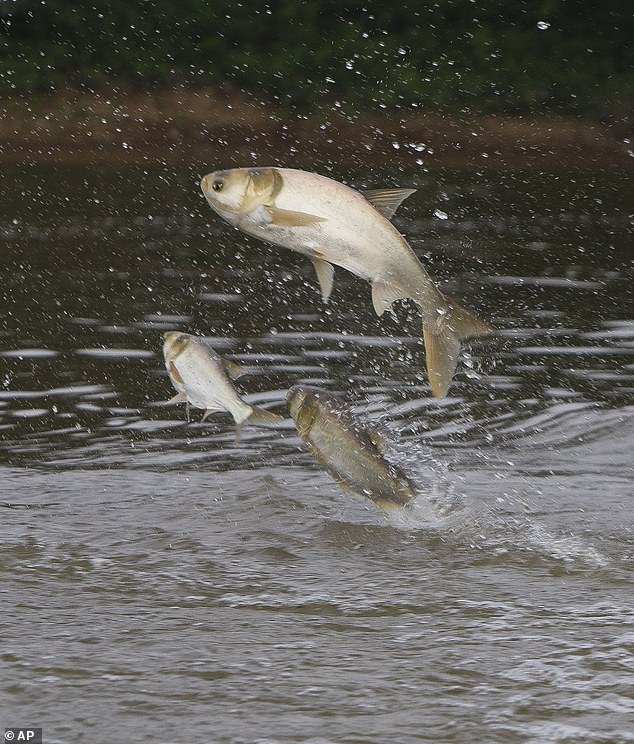- The Iowa Department of Natural Resources received a report of a liquid nitrogen fertilizer spill on March 11 into the East Nishnabotna River.
- The department indicated that 1,500 tons of the fertilizer were released
<!–
<!–
<!– <!–
<!–
<!–
<!–
The Iowa Department of Natural Resources received a shocking report from local authorities about a toxic waste spill into a river.
According KMTV 3The report revealed that liquid nitrogen fertilizer from NEW Cooperative in Red Oak leaked into the East Nishnabotna River.
The fertilizer spill was due to a storage tank valve being left open over the weekend of March 11.
The DNR also indicated that 1,500 tons or 265,000 gallons of liquid nitrogen fertilizer were released, resulting in the deaths of 749,000 fish in a 50-mile stretch of the river.

The Iowa Department of Natural Resources received a shocking report from local authorities on March 11 that toxic waste was spilled into the East Nishnabotna River.


The DNR said 1,500 tons or 265,000 gallons of liquid nitrogen fertilizer were released, killing 749,000 fish in a 50-mile stretch of the river.
Liquid nitrogen fertilizer is effective for outdoor plants, vegetables, and fruit trees and is also a common chemical that kills fish.
The fertilizer spill is one of the most devastating chemical spills to aquatic life in the region.
“The accumulated fertilizer areas were pumped into a vacuum truck and will be applied to the soil later,” the DNR wrote in its news release.
Scientific supervisor Matt Combes of Missouri analyzed the damage and calls this fertilizer spill “the largest.”
“To call something a near total kill of fish in 60 miles of a river is surprising and disheartening,” he said. The New York Times.
Environmental specialist Brent Martens told KMTV that the fertilizer had weakened by the end of the week, but the damage had been done.
The DNR is now encouraging Iowa residents with private wells near the river to contact local public health offices to have those wells tested for chemicals.


According to the recent DNR press release, 9,255 common carp fish died due to the liquid nitrogen fertilizer spill.


Other fish that died due to the fertilizer spill included 69 silver carp. According to DNR data, more than 700,000 Minnow Shiner Dace Chub fish were killed
Despite the incident occurring more than two weeks ago, the investigation is still ongoing.
“Field test results indicate ammonia levels are decreasing in the river,” the DNR confirmed via KMTV 3.
“The DNR continues to advise people to avoid recreating in the river and collecting and/or eating dead fish found in or near the river.”
Iowa Environmental Council water program director Alicia Vasto told the New York Times that she hopes this will “wake some people up” about the state of Iowa’s waterways.

